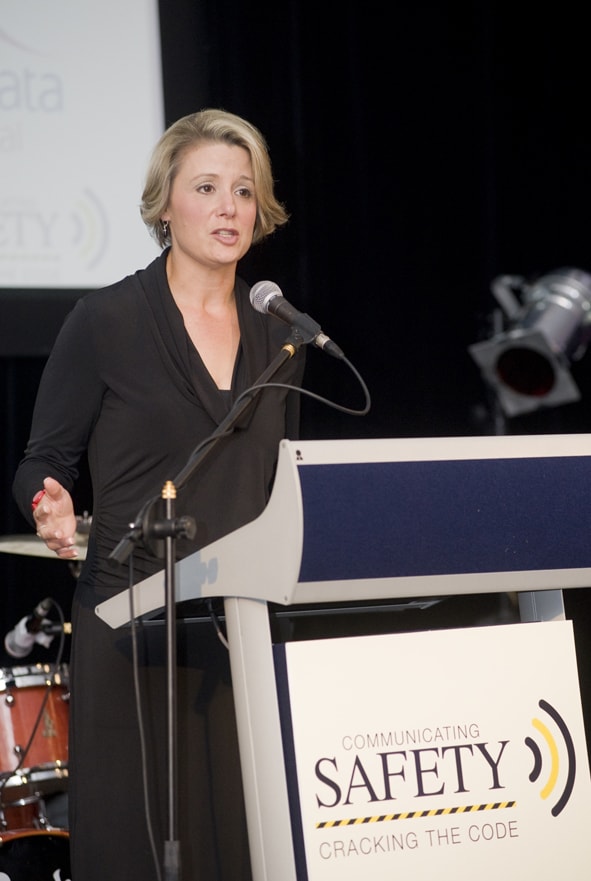There has been discussion over many years about the business case for occupational health and safety (OHS). Several academics have attempted to quantify the financial benefits of good OHS management and systems. Business does not operate in a political or economic vacuum but it is possible to think it does when the OHS profession is so quiet on socioeconomic elements.
Australia and many other countries operate in a neoliberal economic and political system that provides OHS benefits and harms. The OHS context is touched on occasionally in public forums but the size of the challenge for structural and organisational change in Australia is perhaps best illustrated by an excerpt of Prime Minister Scott Morrison‘s presentation to the West Australian Chamber of Commerce and Industry on April 14, 2021. When asked about his priorities as Prime Minister he said:



